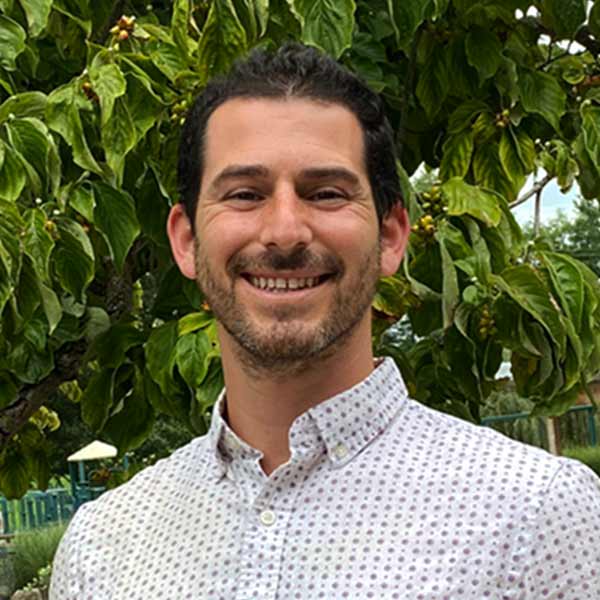Over the last ten years, schools have made efforts to develop commonly held understandings of what “personalization” looks like in practice. What is lost in these efforts, however, is that they are all too often limited to classroom teachers when we know that learning is not limited to the classroom.
In schools, plenty of learning takes place beyond the classroom. Whether it’s sports teams, drama productions, or a whole host of other school-sponsored extracurricular activities, learning is the goal. But if the pedagogy of personalization is limited to the classroom, what opportunities for learning are being missed elsewhere?

Interestingly, the research has found that when it comes to personalized learning, the greatest variation in the student experience exists within a school, not between schools. In other words, factors such as school size or the socioeconomic standing of the student population have less of an influence on the efficacy and fidelity with which personalized learning is implemented than the lack of cohesion within a school. Simply put, this finding signals that decision-makers in schools are pulling in opposing directions, acting on the “basis of different, incompatible, and conflicting ideas.”
A commonly cited remedy to this affliction revolves around the importance of a clearly articulated mission statement; however, a 2007 study concluded that many organizations only pay lip service to their mission statement, finding a massive discrepancy between principle and practice. According to Rosenberg (2007), only 5% of organizations have programs that intentionally and explicitly promote the skills articulated in their mission. In other words, only a small minority of organizations walk the talk.
What this means is that even though personalized learning is prevalent in mission statements and strategic plans around the world — from the United States to Tanzania to Japan — there exists a disconnect between intent and action — what sociologist Kenneth Keniston refers to as “the institutionalization of hypocrisy.” For those of us who are committed to promoting personalized learning practices in our schools, this “hypocrisy” requires our attention.
One area where schools can begin to address this hypocrisy is in their activities program.
In drama productions, blocking, lighting, and lines are still dictated, not discovered. On the field, coaches continue to tell student-athletes what plays to run, what pitches to throw, and what tactics to employ. Even service remains limited by logistics such as transportation and security. From 8 AM – 3 PM, students are afforded agency, autonomy, and choice, but, after the last bell rings, education reverts back to a model that would be familiar to previous generations, from Baby Boomers to Millennials.
At the American International School of Johannesburg (AISJ), this discrepancy became evident when I was promoted to the role of Middle School Activities Coordinator. In this role, I quickly discovered that while classroom teachers were on the cutting edge of personalization practices, activities had been left behind.
As Activities Coordinator, I sought to rectify this disconnect. Our program now more nearly promotes the tenets of choice, self-discovery, and exploration which are so essential to the Middle School ethos. It is my hope that other schools will be able to apply our experience to their own context:
- Choice: consider the current model of registration wherein students commit to an activity in September that they must stick with through December. While such an approach might work for some students, it doesn’t factor in the vicissitudes of interests, friendships, and motivation amongst secondary students. As such, extracurricular programs should be rethought to emphasize choice. At AISJ, we implemented a choice-based program called “AISJ X,” which allows students to make fluid selections on a weekly basis from a wide range of offerings across the Four Pillars of AISJ: Arts, Academics, Athletics, and Service. Students can play flag football one week, do Ndebele painting the next week, and eventually settle on an extended stint with carpentry. Such flexibility and fluidity benefit students by offering them choice in the curation of their activities program.
- Discovery: success in an extracurricular program is best defined by the extent to which students discover who they are and where their interests lie. With this in mind, one change that we made to our extracurricular schedule was expanding our slate of service and arts offerings on Mondays — our one afternoon without sports. This small shift in scheduling has increased enrolment in service and arts extracurriculars by over 40% amongst student-athletes.
- Exploration: as we know, one of the key drivers of engagement is mastery. As such, activities should be sequenced to support students as they move along the continuum from curiosity to expertise. With this in mind, we founded the Development Team. In our experience, we observed that student-athletes who begin on a B or C Team tended to remain on that very same B or C Team as they moved from one grade to the next. This is the result of a heavy emphasis being placed on gameplay, as opposed to skill development. After multiple selections to a B or C Team, students would eventually drop out of the sport altogether, having never met their full potential. The Development Team provides student-athletes with a way to develop a sport-specific IQ and hone the skills needed to eventually move to one of our competitive teams. In doing so, we have seen upward mobility from our student-athletes, as students are more focused on skill than score.
Some students’ most memorable and formative learning experiences will take place on the field, court, or stage. What are we doing to ensure that these experiences still promote and reinforce our beliefs about learning?

